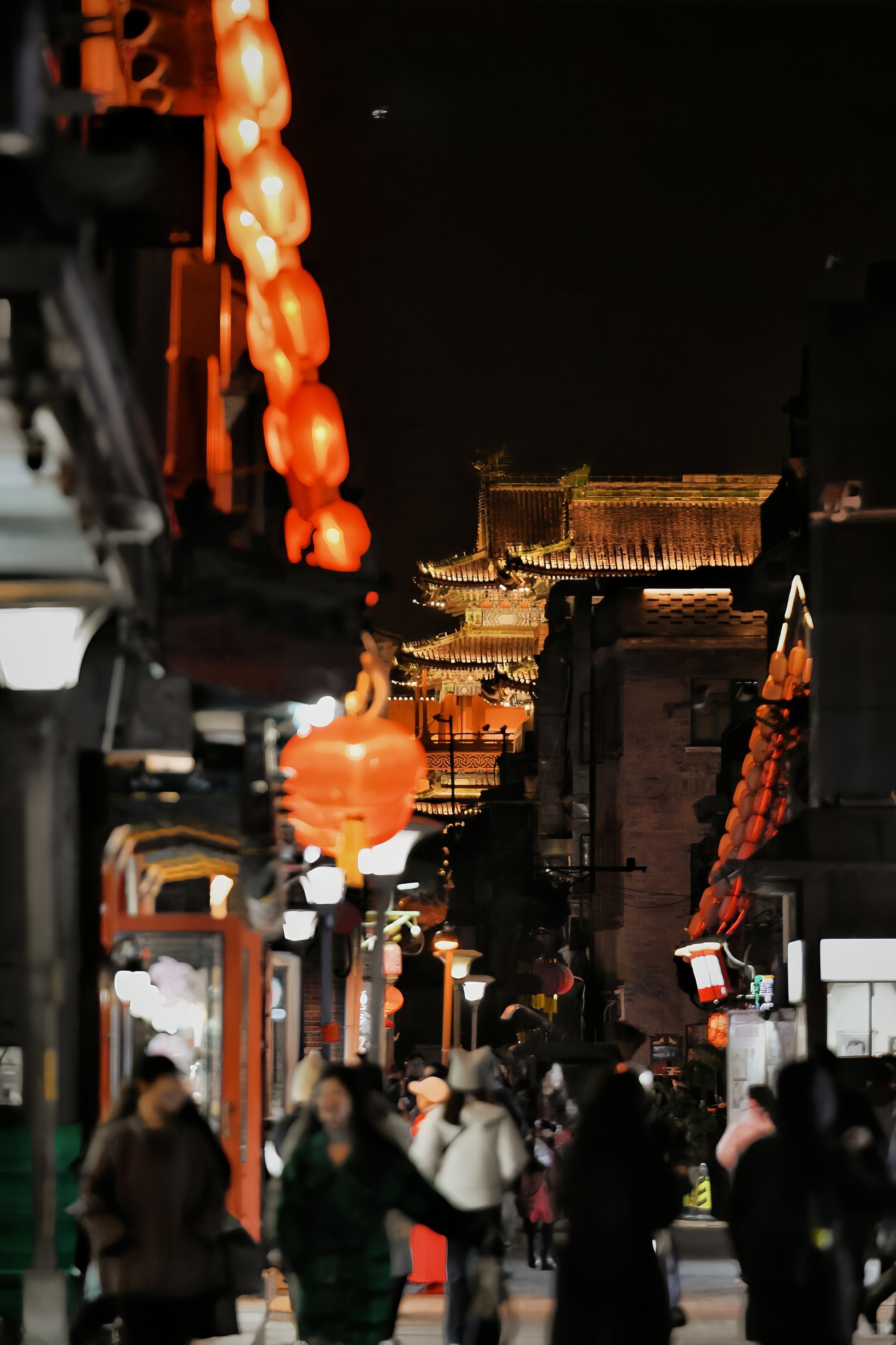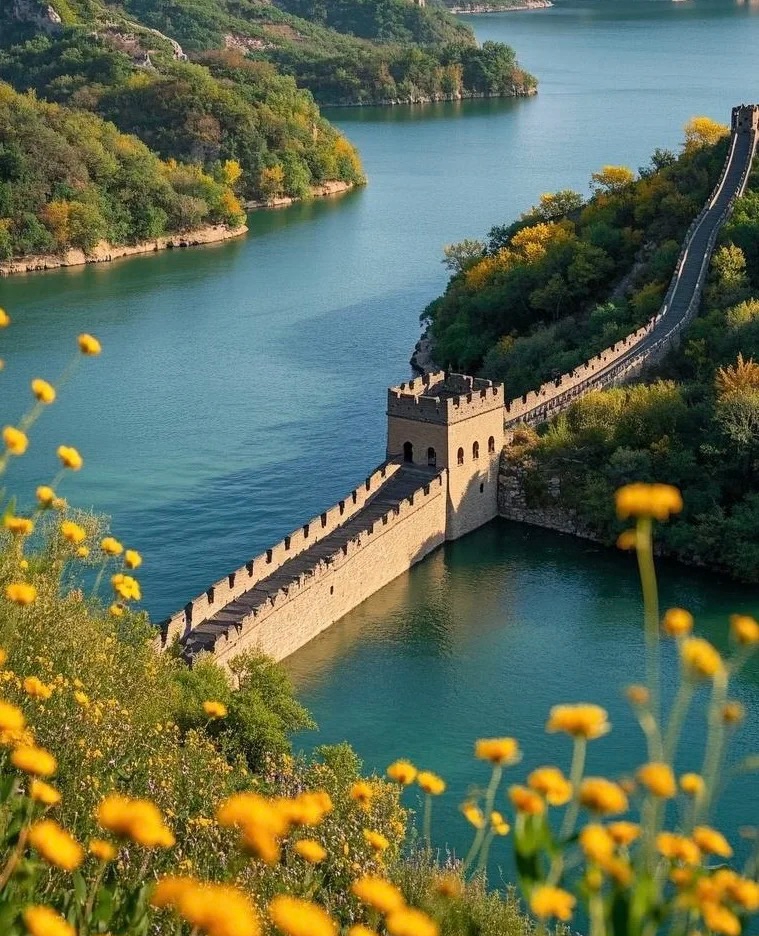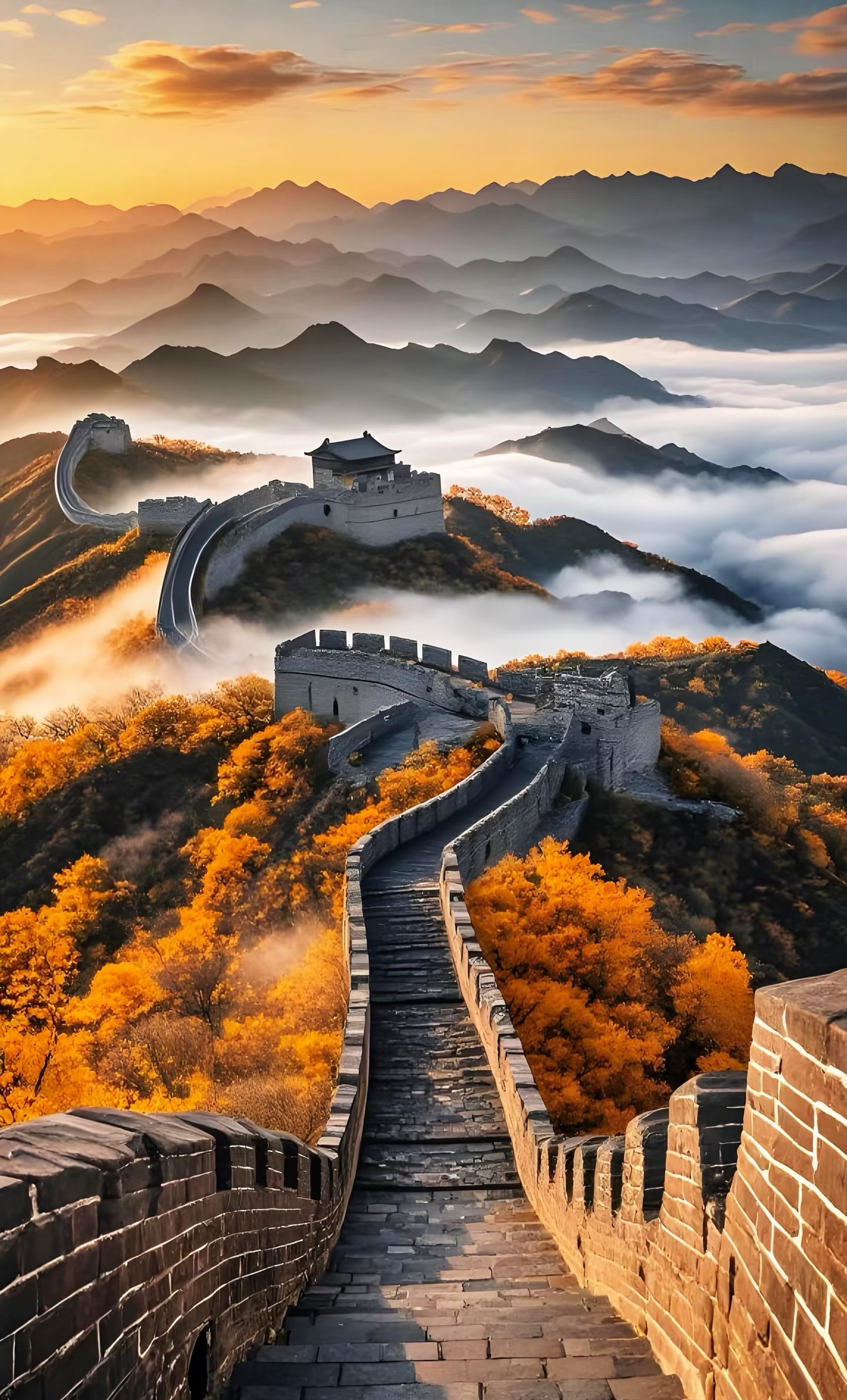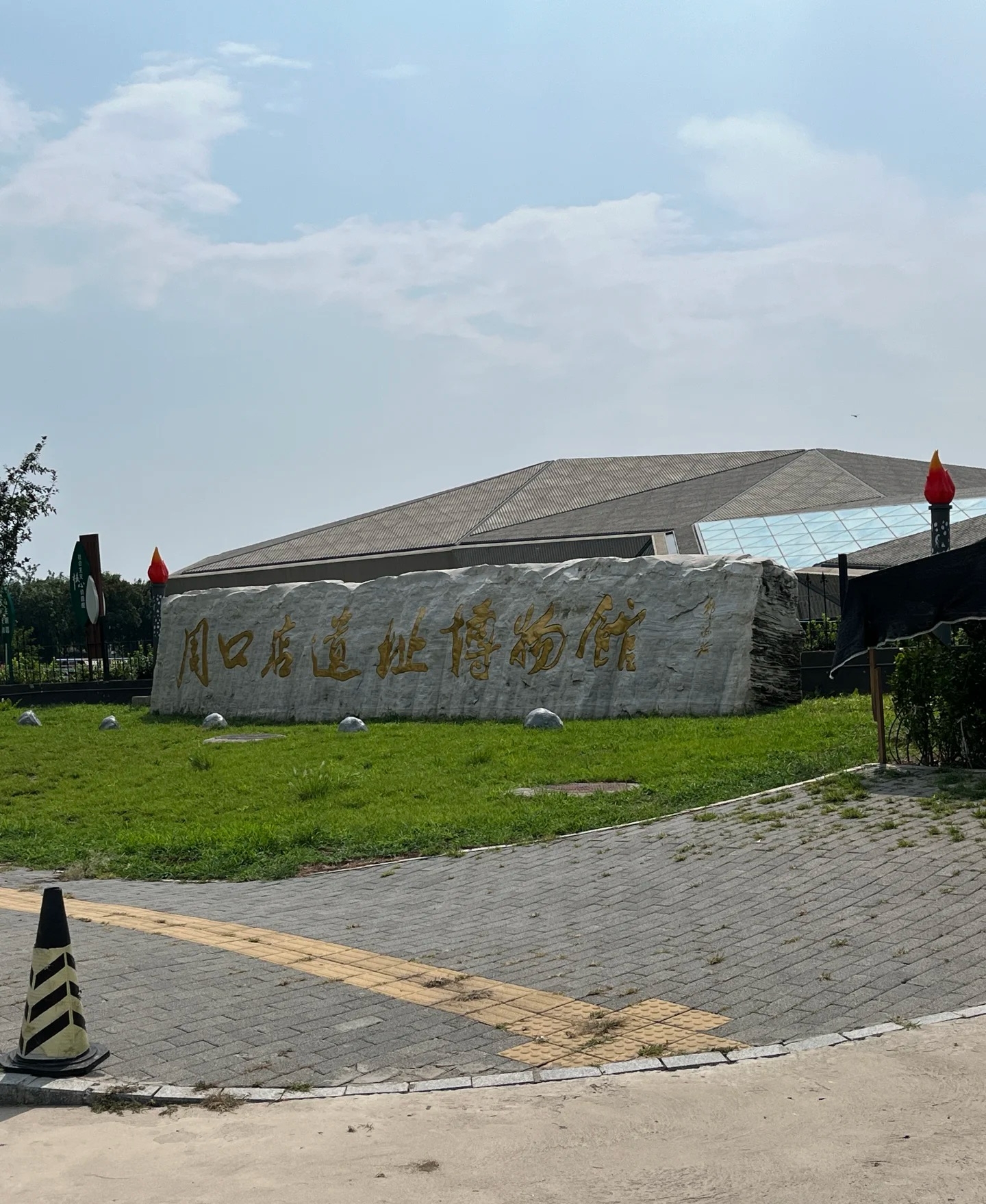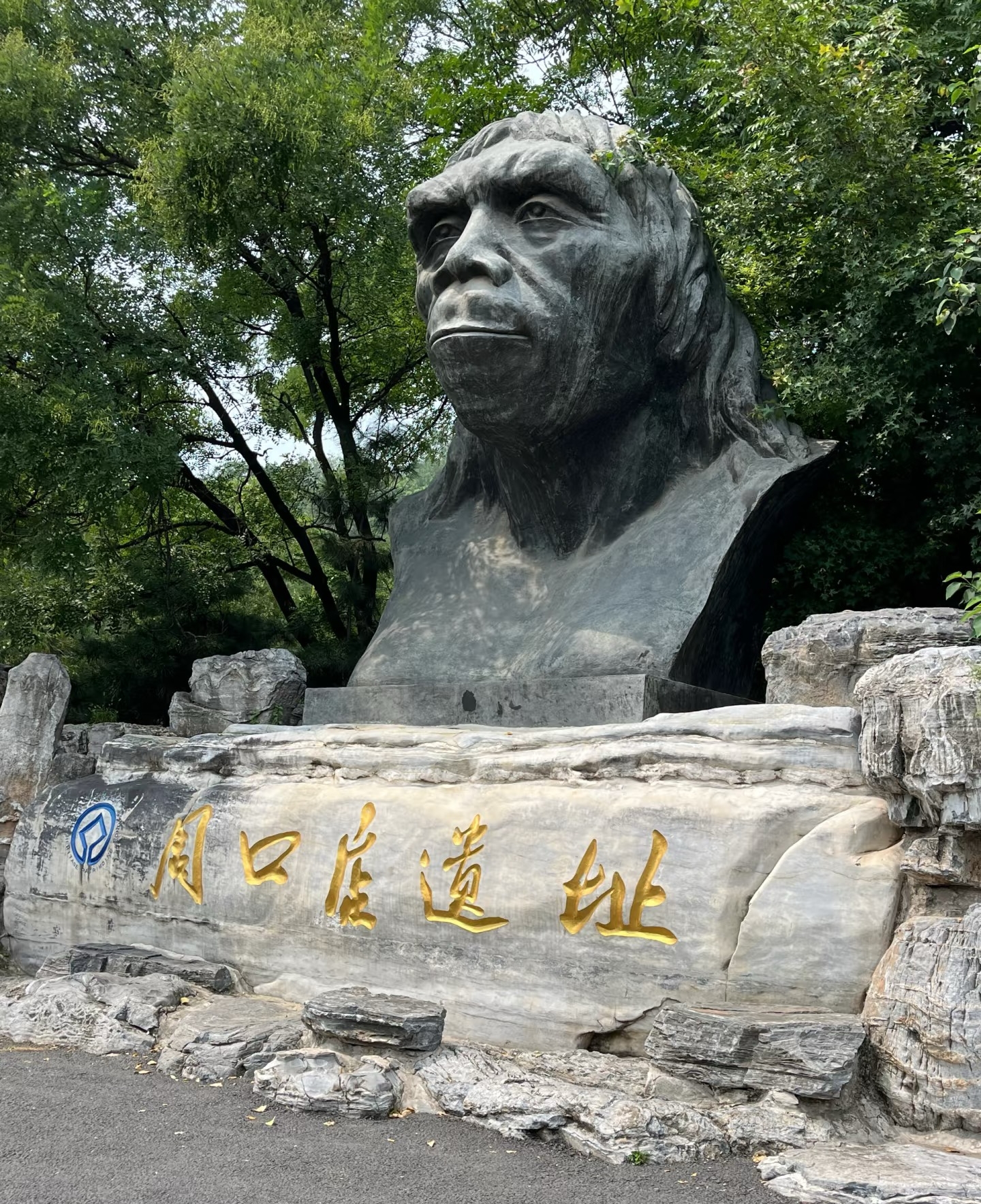

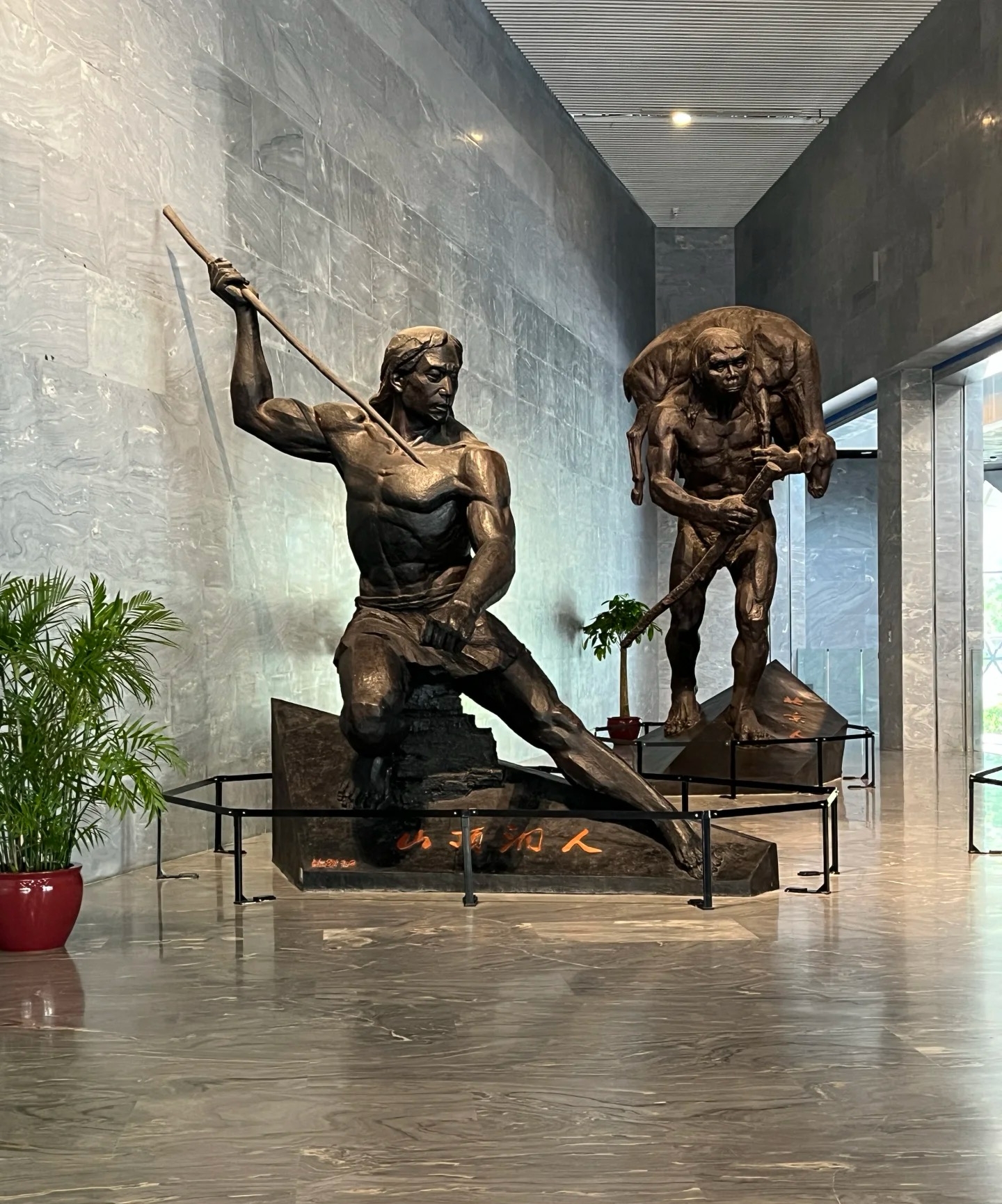
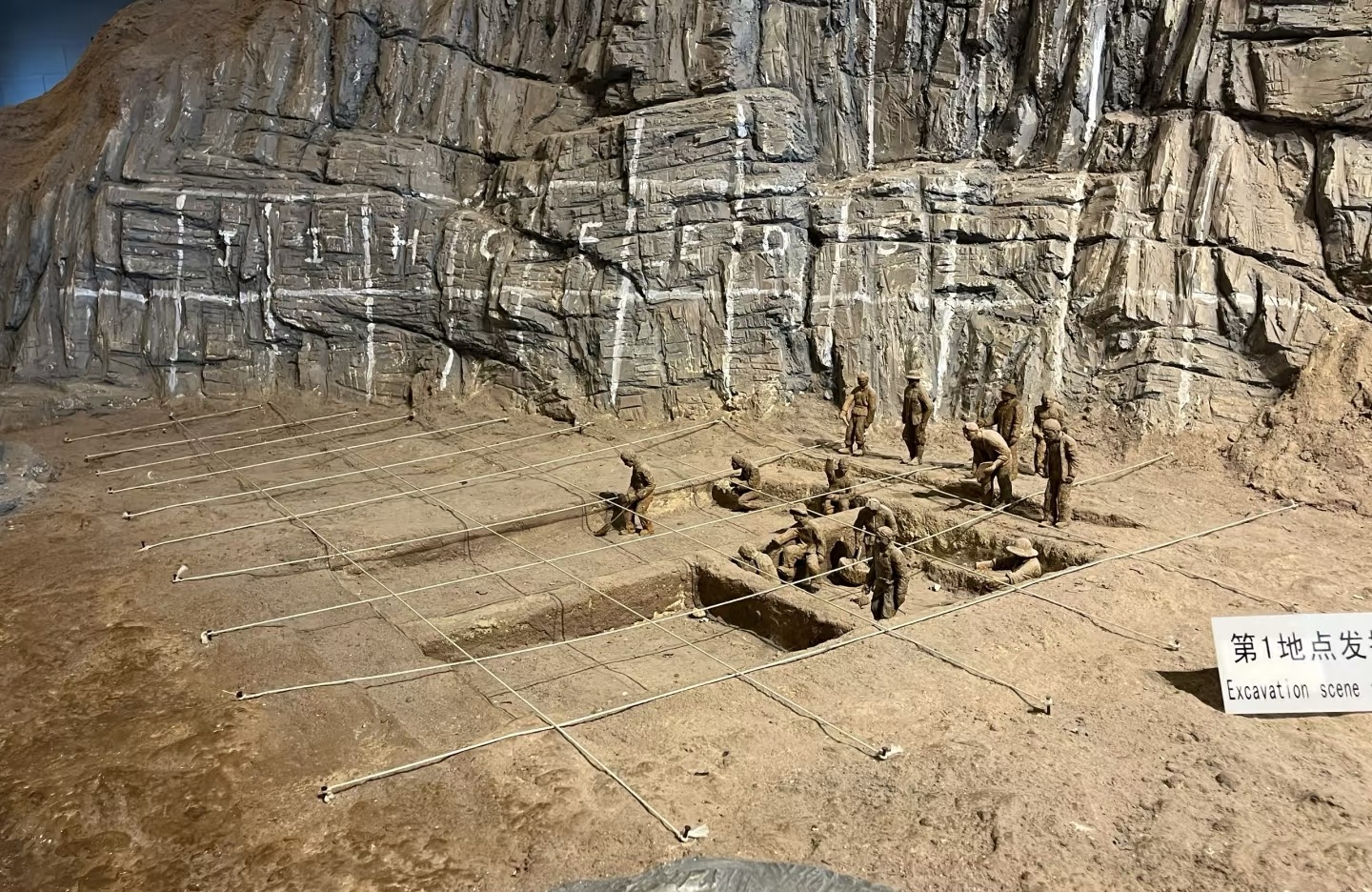

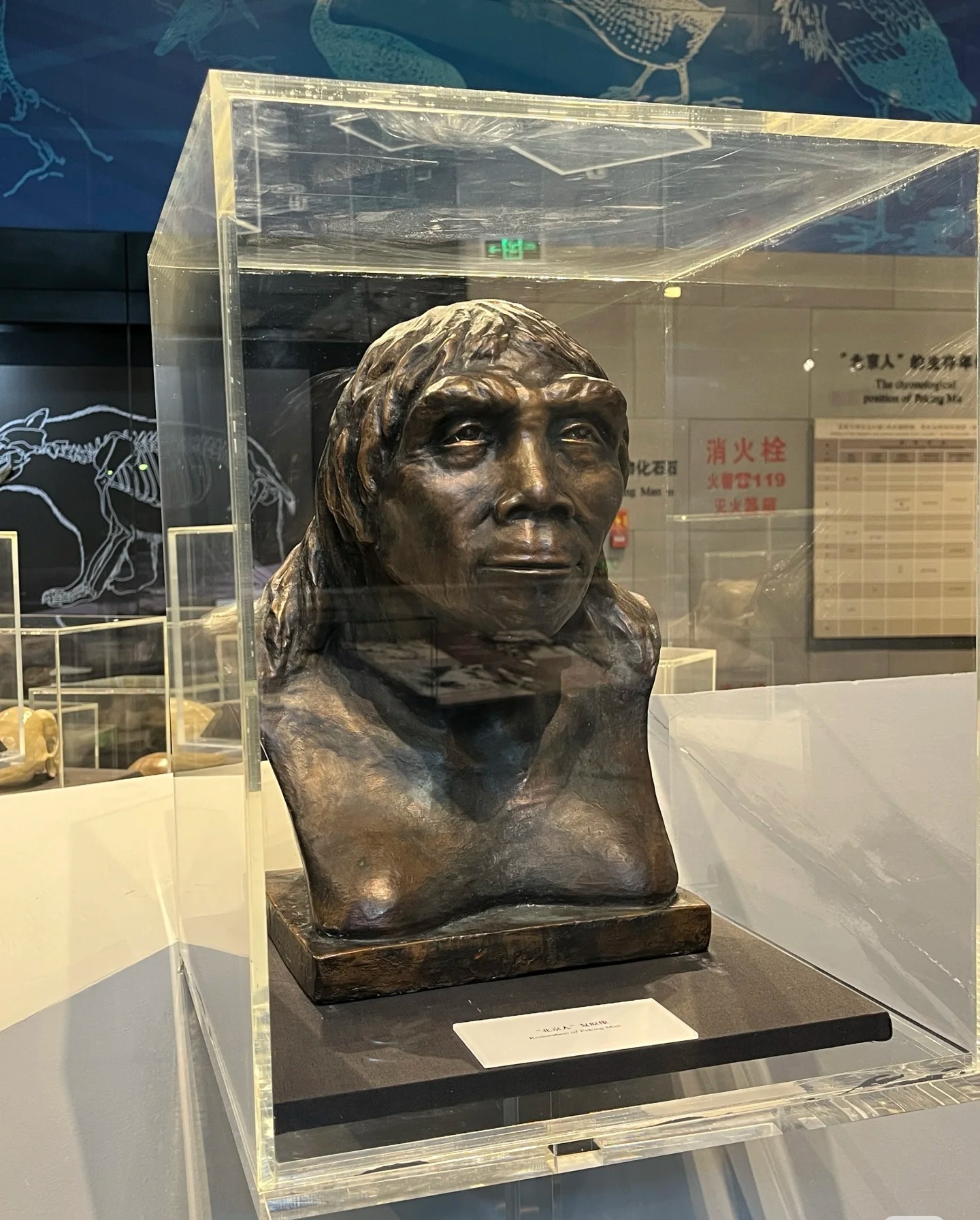
Zhoukoudian Peking Man Site
The Zhoukoudian Peking Man Site is a UNESCO World Heritage Site where fossils of Homo erectus pekinensis, dating back 200,000 to 700,000 years, were discovered in the 1920s and 1930s. Located about 50 kilometers southwest of Beijing, the site includes caves, archaeological excavations, and a museum displaying fossils, stone tools, and exhibits about human evolution. It provides valuable insights into prehistoric human life and evolution in East Asia.
Information
Ticket price
Time
Location
1 Zhoukoudian St, Fangshan District, Beijing, China
View maps
More about the trip
Zhoukoudian Peking Man Site: Tracing Human Origins in East Asia
The Zhoukoudian Peking Man Site is a UNESCO World Heritage Site where fossils of Homo erectus pekinensis, dating back 200,000 to 700,000 years, were discovered in the 1920s and 1930s. Located about 50 kilometers southwest of Beijing, the site includes caves, archaeological excavations, and a museum displaying fossils, stone tools, and exhibits about human evolution. It provides invaluable insights into prehistoric human life and evolution in East Asia, making it a crucial site for understanding early human history.
What to See and Do
Peking Man Cave (猿人洞): Visit the actual excavation site where the first complete skull of Peking Man was discovered. You can see the layers of sediment and the areas where tools and fire remnants were found, offering a tangible connection to our ancient ancestors.
Upper Cave Man Site (山顶洞人遗址): Explore another cave where fossils of Homo sapiens (Upper Cave Man) were found, dating back about 18,000 years, showing later human habitation.
Zhoukoudian Site Museum: The modern museum provides a comprehensive overview of the discoveries at Zhoukoudian. It features detailed models, reconstructions of early human life, original fossils (some are replicas, with originals in other museums), stone tools, and multimedia presentations that explain human evolution and the significance of the site.
Learn About Human Evolution: The museum offers a fascinating educational experience about the origins of humanity, the migration of early humans, and the development of culture and technology.
Natural Environment: The site is set amidst a natural environment, allowing for a pleasant walk around the various excavation points.
Best Time to Visit
Spring and autumn offer the most pleasant weather for outdoor exploration. The site is open year-round. Weekdays are generally less crowded than weekends and public holidays.
How to Get There
Zhoukoudian Peking Man Site is located in Fangshan District. You can take Metro Line 9 to Guogongzhuang Station (郭公庄站), then transfer to Fangshan Line to Liangxiang University Town West Station (良乡大学城西站), and then take Bus F38 directly to the site. A taxi or ride-hailing service is also convenient.
Travel Tips
Allow ample time: Plan for at least 2-3 hours to explore the caves and the museum thoroughly.
Wear comfortable shoes: You'll be doing a lot of walking around the site.
Educational focus: This is a great place for those interested in archaeology, anthropology, and human evolution.
Guided tours or audio guides: To fully appreciate the scientific significance, a guide or audio guide can be very helpful.

